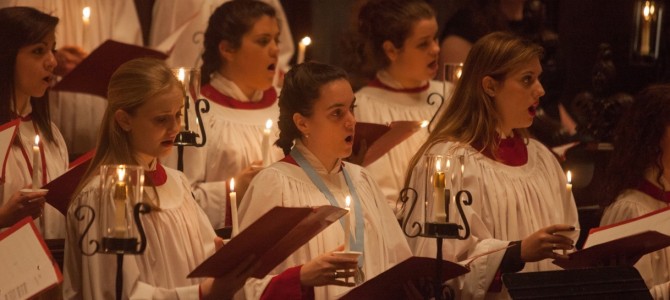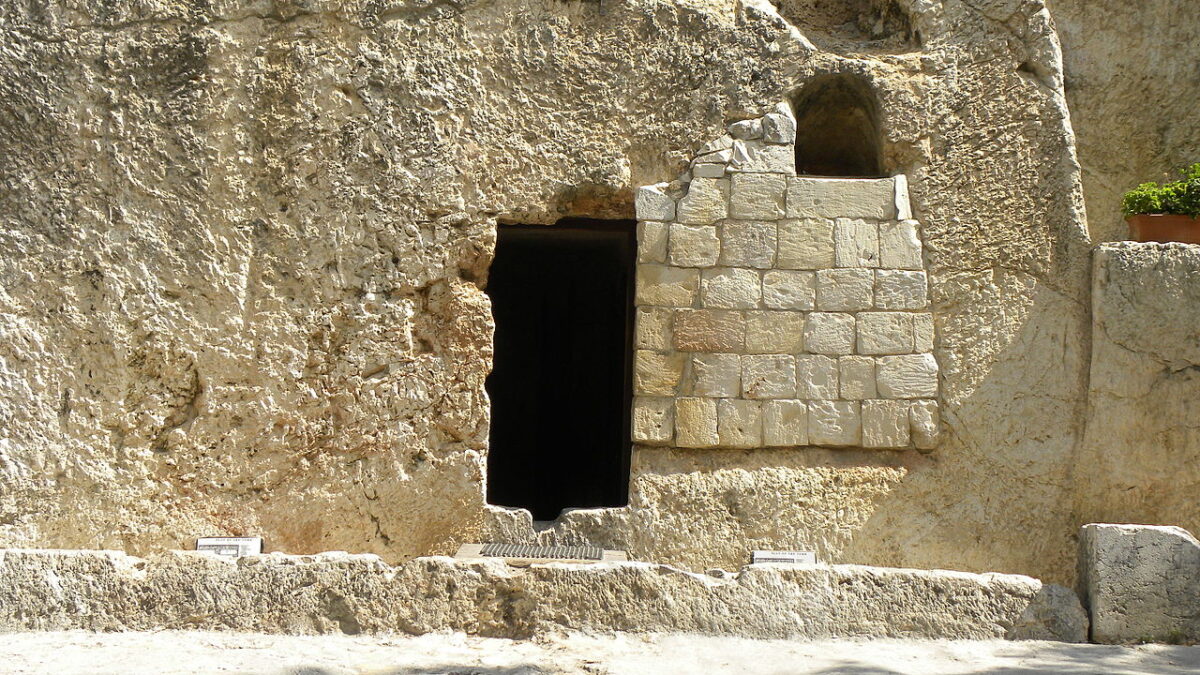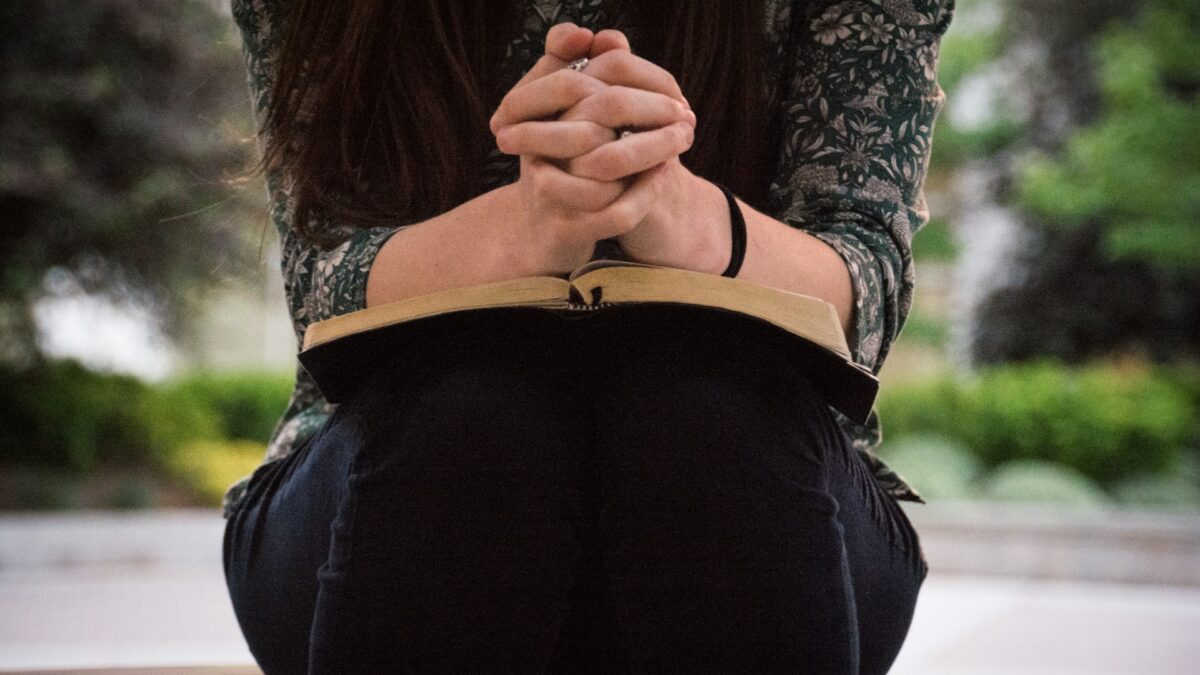
In the typical “Battle for Christmas” banter, we hear a lot about keeping Christ in Christmas, and preserving Christmas as a Christian “holy day.” Jesus is the reason for the season, and all that.
But as a pastor, I think the far bigger battle for believers is keeping Christmas — and Christ — in Christianity. The true spirit of Christmas is something that most of our churches could use far more of, fifty-two Sundays a year. The trick is to cut through all the sentimental crap and grasp this holiday’s essential value for deepening our Christian faith.
This Sunday evening, our church will celebrate Christmas with our annual “Festival of Nine Lessons and Carols” (or just Lessons and Carols), a traditional Christmas Eve liturgy first celebrated at King’s College Cambridge in 1918. While this service is beautiful and moving, it is a highlight of our church year because it teaches a simple and profound truth simply: that the coming of Christ fulfills the central promise of the Bible.
What is Lessons and Carols?
The Lessons and Carols service reminds us of a basic interpretive key: Jesus is the center of the whole Bible, and that truth should guide how we read and apply these texts. Promise and fulfillment is the basic pattern of the Old and New Testaments of the Christian Bible. Jesus and his apostles viewed his coming as the fulfillment of centuries of promises delivered to the people of God, and the New Testament was written in support of this case. In an age of biblical illiteracy, we mustn’t underestimate the value of this simple lesson.
Lessons and Carols is a service of nine scripture readings, or “lessons,” interspersed with the singing of Christmas carols. (You can get more background and examples here). The carols typically vary each year, but the nine readings are fairly well fixed, with some small variety. The first four are drawn from the Old Testament, the last five from the New.
Each reading is prefaced with a brief explanatory rubric, something which we desperately need in our current dark age of Bible reading. Thus we begin by reading Genesis 3, with this introduction: “God tells sinful Adam that he has lost the life of Paradise and that his seed [offspring] will bruise the serpent’s head.” The lessons proceed to speak of this promise of a coming “Seed” as it was extended to Abraham in Genesis 22, with the expansion that “in this Seed shall all the nations of the earth be blessed.”
In the final two Old Testament readings, we are reminded that the basic outlines of the Christmas story derive in the Old Testament prophecies of Isaiah (drawn from chapters 7, 9, or 11), that a coming Savior would be born of a virgin, in the town of Bethlehem, and would bring in his train a universal peace not just for the people of Israel, but for all the earth.
New Testament lessons focus on how these Old Testament promises of a coming redeemer are fulfilled in the birth narratives of Christ, with readings drawn from Luke 1 and 2 and Matthew 2. Mary, Joseph, angels, shepherds, and wise men, all of these are not merely random characters in the Christmas play. They each are instrumental to teaching us that in the birth of this human child, Jesus, God has fulfilled his promise of the ages and “saved his people from their sins.”
Finally, the closing reading is always drawn from John 1, reflecting on the theological significance of the eternal Word becoming flesh. The famous prologue makes explicit the deep theological truth implicit through the prophecies: This is no ordinary child, this is the divine Word made flesh.
How Christmas and its Carols Teach Good Theology
The “Lessons” are instructive in their own right, but the promise and fulfillment shape of the readings is deeply reinforced by the singing of carols. The older carols were remarkably well suited to catechizing us in the basic story of Christmas and its significance. They teach us not only that Jesus is God become flesh, but why he had to do so.
The classic promise-fulfillment Advent theme is clear in “O Come, O Come, Emmanuel,” which contrasts the former “giving of the law on Sinai’s height” with the freedom that comes in Christ’s victory:
O come thou Rod of Jesse, free thine own from Satan’s tyranny from depths of hell thy people save, and give them vict’ry o’er the grave.
We are sadly losing a lot of this theological richness, because these carols often teach their best theology in the latter, less-frequently sung stanzas. Consider the fourth stanza from “Hark! the Herald Angels Sing”:
Come, Desire of nations, come, fix in us Thy humble home; Rise, the woman’s conqu’ring Seed, bruise in us the serpent’s head. Now display Thy saving power, ruined nature now restore; Now in mystic union join Thine to ours, and ours to Thine.
In one stanza, the song ties the birth of Christ to the salvation long-ago promised in the Garden of Eden. It teaches the “ruined nature” of humanity — the reason for the promise in the first place — and our need for the saving power of Christ in the incarnation.
Importantly, the carols with surprising frequency connect the birth of Christ to his death on the cross. It is subtle here — “bruise in us the serpent’s head” — but clear that God had to become man so he could defeat sin and the serpent in his dying. Here is this same theme in “What Child Is This”:
Good Christian, fear; for sinners here the silent Word is pleading. Nails, spear, shall pierce him through; the cross be borne for me, for you; hail, hail the Word made flesh, the babe, the son of Mary.
The cross is really the key to understanding Christmas, and it is the source of its power, all to often obscured by the sentiment of a pristine baby in a manger. Jesus is God with us, and he had to be with us in the flesh so he could save us from our sins in that body at Calvary. Thus the cross is already present even at his birth. As John Milton said in his poem Upon the Circumcision, “Alas, how soon our sin sore doth begin his infancy to seize.”
Why does this matter? Christmas and How We Read the Bible
In Luke’s Gospel, the first act of the risen Christ is to rebuke otherwise faithful followers for not understanding how to read the Bible, that is, not understanding that Moses and all the prophets spoke concerning himself (Luke 24:25 – 26). This ignorance Christ characterized as “foolish and slow to believe.”
In our sin, we read the Bible as a story about ourselves. It is not. It is a story of God, of his mercy and justice and saving ways, which are mysterious and far beyond our understanding. It is the manifestation of His grace in His action, and how He saves despite our continually seeking to foul it up.
Invariably, romantics and moralists do the same thing with Christmas. We talk about living out the spirit of Christmas, bringing peace to the world, and celebrating new life even in the depths of winter. Now that is humbug. Would that our pulpits would ring with sermons as clear as the fourth stanza of Hark the Herald Angels Sing, not just during Advent and Christmas, but all the year round.
Christmas and Covenant Theology
This biblical promise of the coming Christ is also known as “the covenant of grace.” “Covenant theology” is the theme or discipline that developed at the time of the Protestant Reformation, in order to highlight the centrality of this promise to the Scriptures. This is particularly true among Reformed Christians, and some go so far as to say that “Reformed Theology is Covenant Theology.”
As a Reformed pastor, I believe it is, of course, even more accurate to say that covenant theology is biblical theology, and so, it is truly catholic theology. This is why, though Lessons and Carols arose in an Anglican context, a large number of Reformed Christians are particularly drawn to this service, and resonate deeply with it — no, it’s not just because we are anglophiles. As with all good Reformation teaching, Lessons and Carols puts Christ squarely in the center — not only of Christmas, but of the entire Bible, and God’s entire redeeming purposes.
This is a healthy reminder especially for Reformed Christians, who are often tempted to celebrate the superiority of our theological insights, rather than their catholicity. Reformed theology is covenant theology is biblical theology is therefore catholic theology. And the distinctive strength of Reformed theology is therefore our unique position to call all Christians back to our biblical, catholic roots, and the eternal promises of the covenant of grace fulfilled in Christ. At Christmastime, and all the year round.
And that is truly something to which we should aspire, in which we should rejoice — and even for which we should raise a glass of eggnog!
Brian Lee is the Pastor of Christ Reformed Church, in Washington, DC’s Logan Circle neighborhood.









